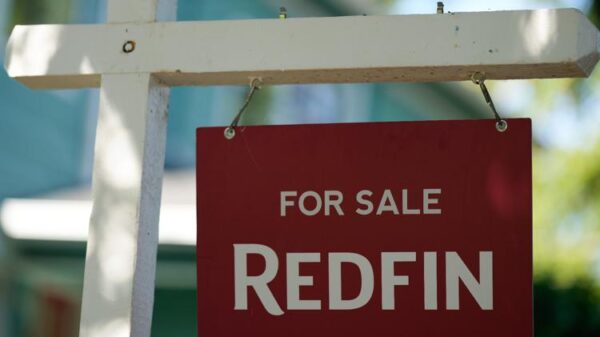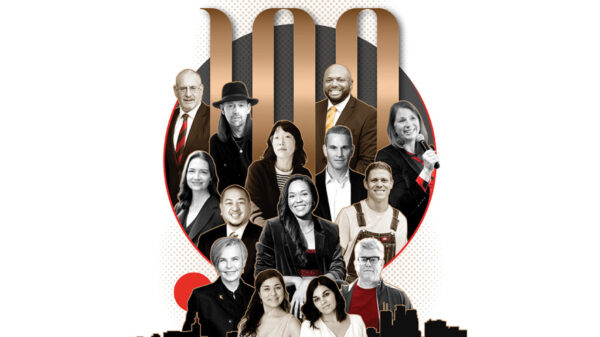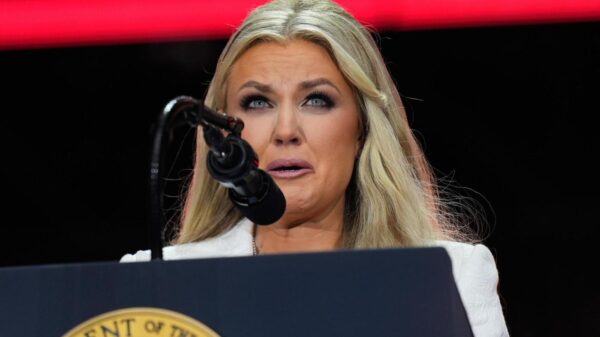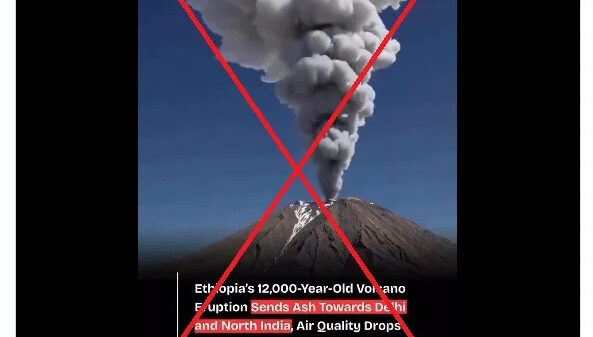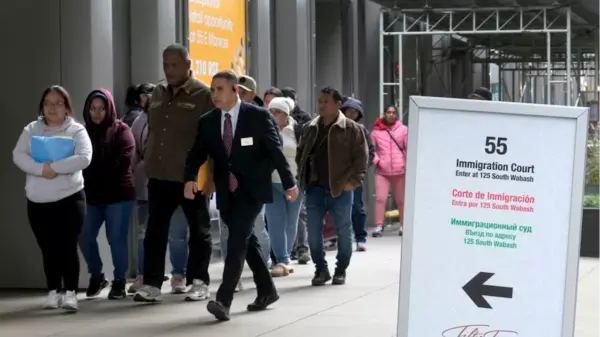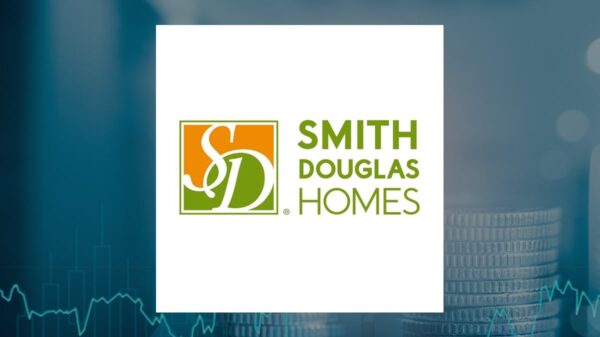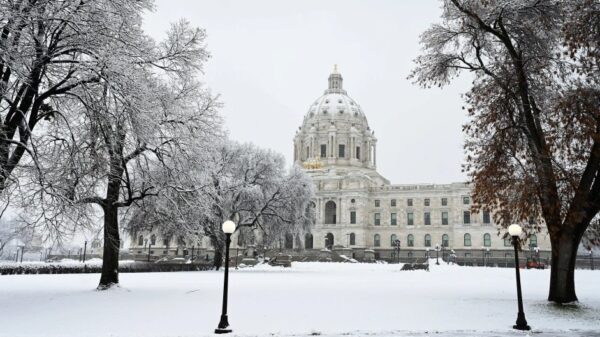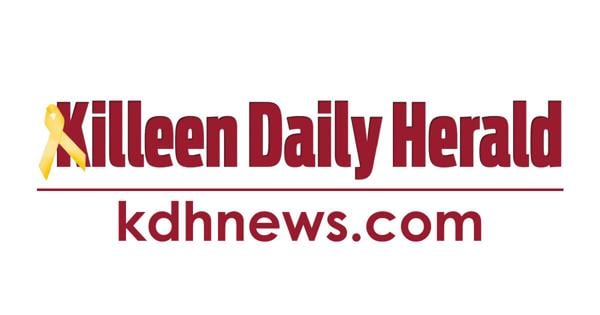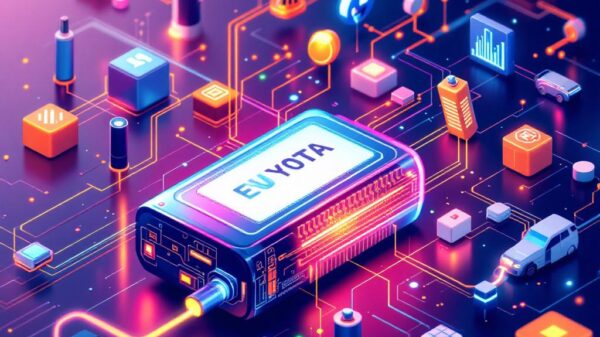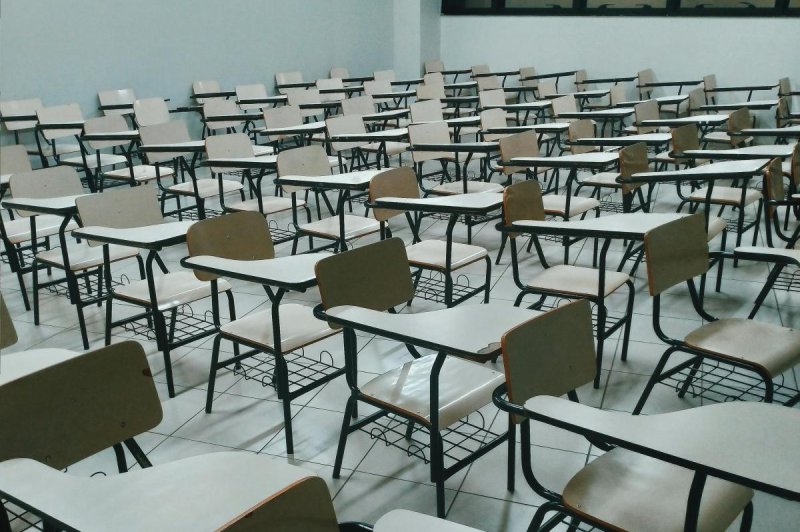The ongoing debate over public education in the United States has intensified as the Trump administration continues to advocate for significant changes that could reshape the landscape of K-12 education. While recent tensions have emerged between the White House and prestigious institutions such as Columbia and Harvard, these discussions obscure a more extensive effort to undermine public education at all levels. The administration’s proposed budget for fiscal year 2026 includes billions in cuts to public education, alongside a push to redirect taxpayer funds to private schools.
The Department of Education has faced considerable reductions in funding and personnel under the Trump administration. With plans to cut the department’s budget by $12 billion, the administration is also working to shift critical functions, such as managing over $1 trillion in student loans, to the Small Business Administration. This shift raises concerns about the future management of student loans, given the agency’s lack of experience in this area.
Historical Impact of Public Education
Historically, public education in the U.S. has played a crucial role in promoting democratic values and fostering an educated workforce. In their 2024 book, How Government Built America, authors Sidney Shapiro and Joseph P. Tomain highlight the significance of public education, tracing its roots back to the early 19th century and the efforts of reformer Horace Mann. Mann’s vision included universal, publicly funded schools that would contribute to a well-informed citizenry and a stable society.
The authors note that public education has contributed positively to the economy and social structure. For instance, during the late 18th and early 19th centuries, states expanded educational offerings, including high school, to meet the growing demand for skilled workers amid the Industrial Revolution. The GI Bill further exemplified this commitment, allowing millions of veterans to pursue higher education and homeownership after World War II, thereby promoting civic engagement and economic stability.
Current Challenges and Future Implications
The potential consequences of diminishing public education funding are profound. The Trump administration’s strategies, which have included significant staffing cuts and shifting educational policy to state control, threaten the integrity and availability of public schooling. The Office for Civil Rights, which safeguards students against discrimination, has seen particularly severe budget cuts.
In addition to funding reductions, there has been a marked shift towards supporting private education. In July 2025, Congress passed a budget bill that introduced tax credits for donations to organizations funding private school scholarships. This initiative could divert substantial resources from public schools, with states collectively allocating $8.2 billion to support private education in 2024. As more parents opt for private schooling, public schools face declining enrollment and funding, leading to potential closures, particularly in states like Arizona, where charter schools and vouchers have already strained the public system.
The discussion surrounding public versus private education raises essential questions about the future of educational equity. Shapiro and Tomain caution that prioritizing private education may lead to a fragmented system that undermines the founding principles of universal access to education. They argue that a robust public education system is vital for nurturing informed, engaged citizens, which is essential for a functioning democracy.
In summary, the ongoing political reconfigurations surrounding public education in the United States reflect a broader ideological battle that could significantly impact future generations. As the administration continues its push for privatization and funding cuts, the foundational values of public schooling, as envisioned by Horace Mann, are at risk of being compromised. The implications of this shift extend beyond educational funding, influencing the very fabric of American society and democracy.







